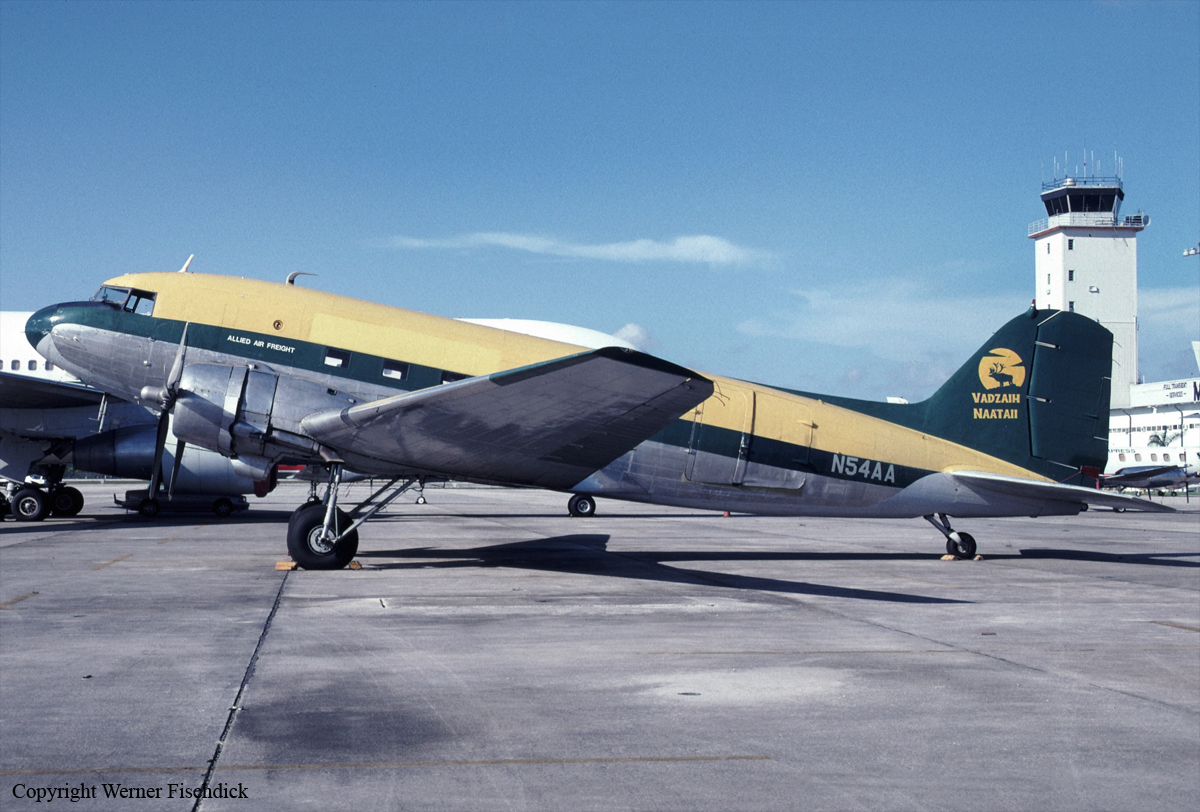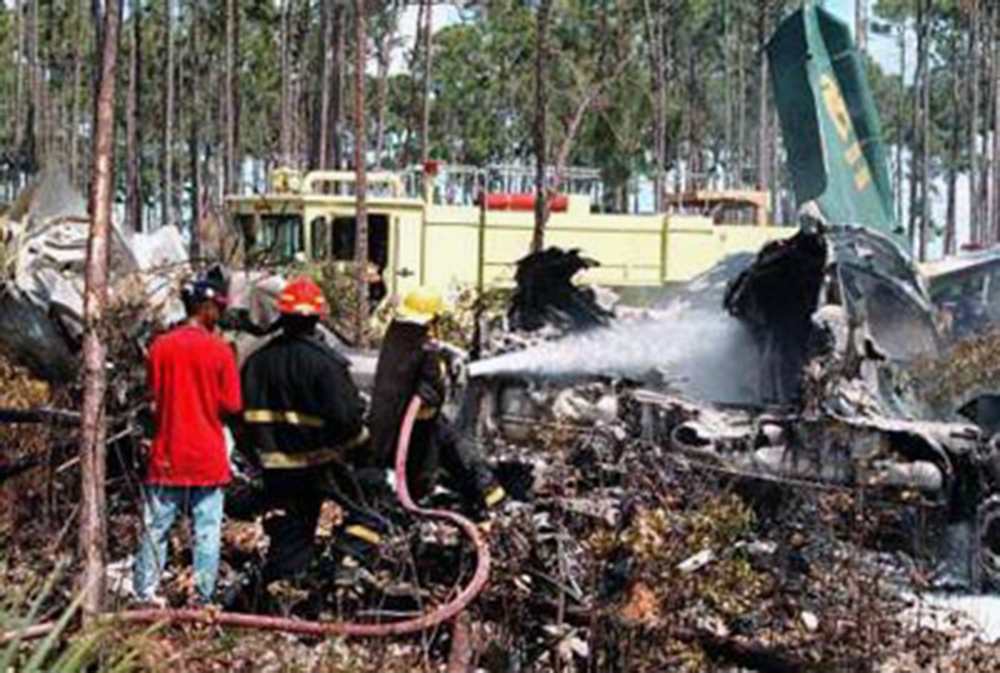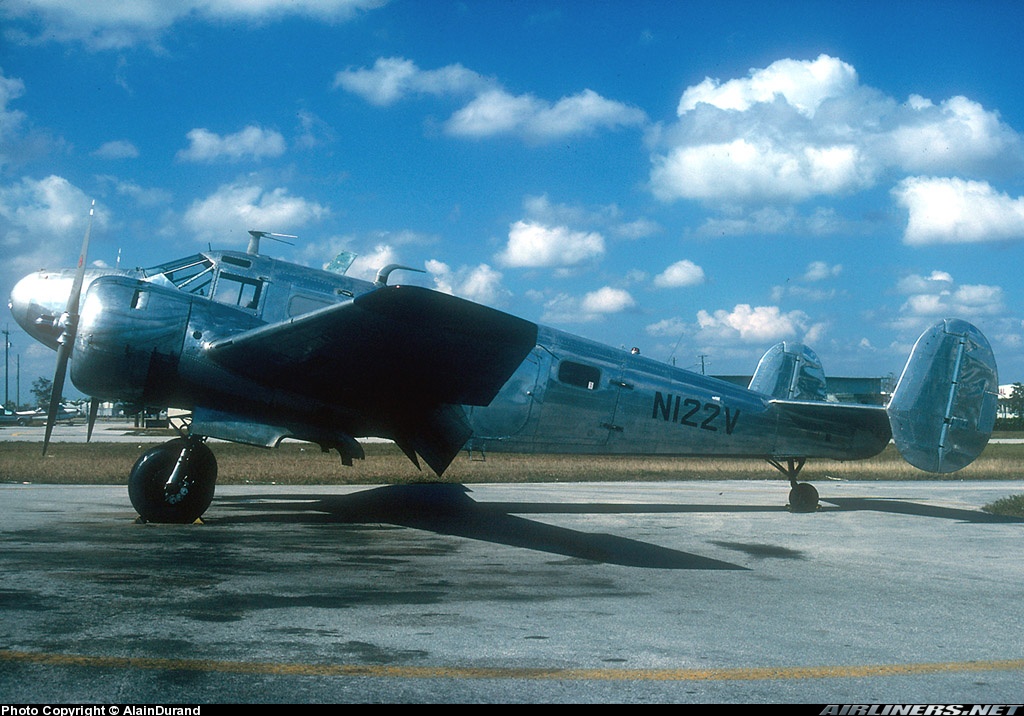Crash of a Beechcraft B200 Super King Air in Spanish Cay
Date & Time:
Aug 12, 2000 at 1115 LT
Registration:
N3199A
Survivors:
Yes
Schedule:
Fort Lauderdale – Spanish Cay
MSN:
BB-1499
YOM:
1995
Crew on board:
1
Crew fatalities:
Pax on board:
2
Pax fatalities:
Other fatalities:
Total fatalities:
0
Circumstances:
On August 12, 2000, about 1115 eastern daylight time, a Beechcraft B200, N3199A, registered to and operated by Great Texas Food Inc. as a Title 14 CFR Part 91 personal flight, ran off the side of the runway during landing in Spanish Cay, Bahamas. Visual meteorological conditions prevailed at the time and a visual flight rules flight plan was filed. The private-rated pilot and the two passengers received no injuries. The flight originated from Fort Lauderdale, Florida, the same day, about 1030. The pilot stated that he made an uneventful landing and as he applied the brakes, the left brake did not respond. He stated that he lost control of the aircraft and exited the runway from the right side and impacted a berm. The right landing gear collapsed, the left wing and the front fuselage incurred substantial damage.












